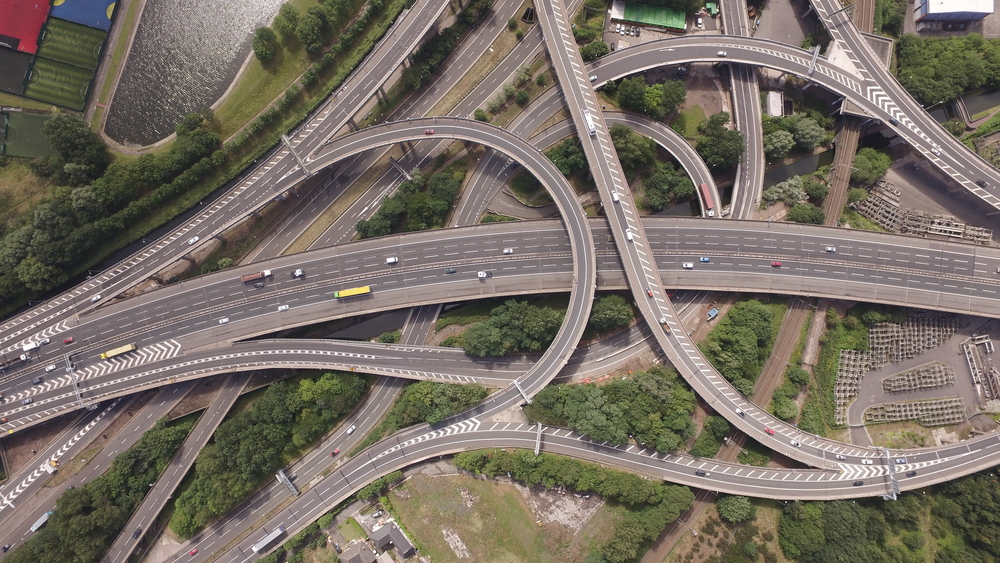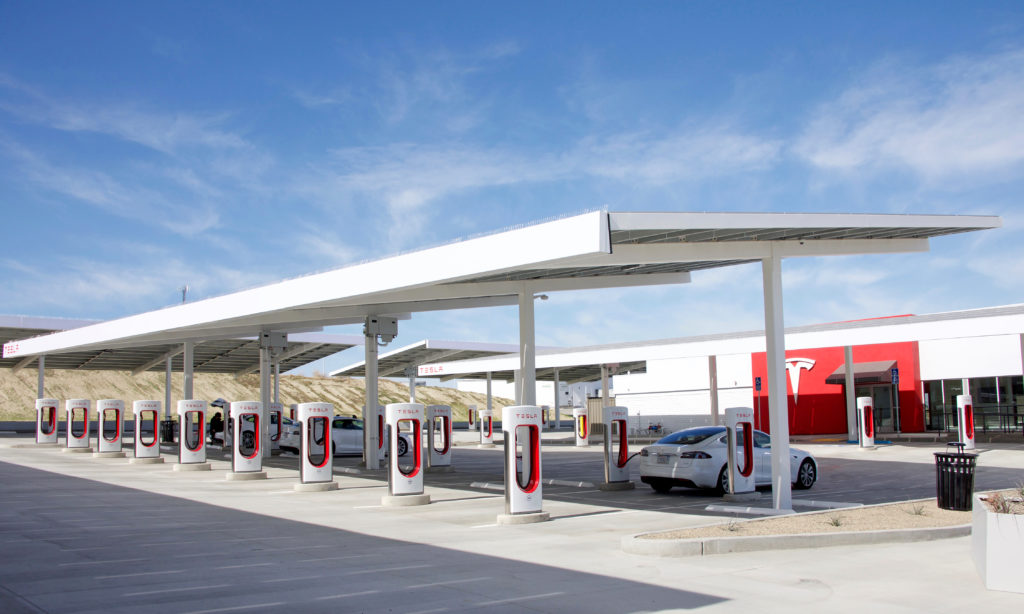Declining Diesel Market Share: Current Trends and Projections (2025–2035)
Diesel passenger cars in the UK have seen a dramatic decline in market share over the past decade, a trend expected to continue and accelerate through to 2035. In the mid-2010s, diesel cars accounted for nearly half of new UK car sales; however, by 2023, their share had plummeted to single digits. According to industry data, the share of diesel vehicles in new car registrations in the UK fell from ~48% in 2016 to just over 7.5% in 2023. This collapse reflects broader European trends – for example, diesel’s share of new cars across the EU dropped from ~44% in 2017 to around 20% in 2022, and then further to only 13.6% in 2023. In short, diesel has rapidly lost its dominance in the new car market.
Official forecasts and recent data point to an ongoing decline. The UK Society of Motor Manufacturers and Traders (SMMT) projects diesel will comprise only ~5.3% of new car sales in 2025, falling further to ~4.4% in 2026. After 2026, the descent is expected to continue as electric vehicle (EV) adoption surges. BloombergNEF projections (aligned with the UK’s net-zero goals) indicate that by 2030, around 72% of new UK cars could be battery electric, rising to 98% by 2033 and effectively 100% by 2034, effectively squeezing internal-combustion engines (ICE), including diesel, out of the market. Similarly, an analysis by EV-Volumes (Autovista Group) forecast that under the original 2030 phase-out plan, battery EVs would reach ~82% of UK new car sales by 2030, with pure ICE vehicles (petrol/diesel) plunging from ~45% of the market in 2023 to just ~4.7% by 2029. In other words, diesel sales are expected to dwindle to almost zero by the end of this decade in the UK under current trajectories.
To illustrate these projections, the table below summarises diesel’s projected new-car market share in the UK at key milestones, under two policy scenarios (explained in the next section):
| Year | Diesel Share (if 2030 ICE ban) | Diesel Share (if ban delayed to 2035) |
|---|---|---|
| 2025 | ~5% (projected) | ~5% (similar) |
| 2030 | ~0% (ban in effect) | Low single digits (still allowed) |
| 2035 | 0% (obsolete) | 0% (ban in effect) |
Table: Projected diesel share of new UK passenger car sales. By 2030, diesel is virtually phased out under a 2030 ban, and even with a delayed 2035 ban it remains only a minimal niche in the early 2030s, disappearing entirely by 2035. Sources: SMMT outlook for 2025. UK policy targets; market analysis by Autovista/Glass’s.
As shown above, diesel’s market share is expected to shrink to nearly zero by 2030–2035. In the 2030-ban scenario, new diesel car sales virtually cease by 2030 (aside from any last-minute sales in 2029). Even in a scenario where the ban is pushed to 2035, diesel’s share would only linger in the low single digits in the early 2030s before vanishing by 2035. In practical terms, this means that within the next decade, diesel cars will go from a once-dominant choice to an exceedingly rare purchase in the UK.
Key Factors Driving the Decline of Diesel Sales
Several factors are contributing to the rapid decline of diesel passenger car sales and market share:
a. Regulatory Push for Zero-Emissions: The UK government’s climate policies have set firm end-dates for fossil-fuel car sales. Sales of new pure petrol and diesel cars are to end by 2030, with only zero-emission and certain hybrids allowed thereafter (and all new cars must be zero-emission by 2035). To enforce this trajectory, a Zero Emission Vehicle (ZEV) mandate begins in 2024, requiring an increasing percentage of manufacturers’ sales to be electric, 22% in 2024, ramping up to 80% by 2030 and 100% by 2035. These policies essentially force a phase-out of diesel: by 2030, any new car with a solely diesel combustion engine will be disallowed, and even hybrids (some of which could be diesel hybrids) will be barred by 2035. Such regulations create a clear sunset for diesel technology in new cars.
b. Tough Emissions Standards and Taxes: Even before the outright ban dates, tightening emissions standards (for CO₂ and NOx) have made it harder for diesel cars to comply without expensive aftertreatment systems. Cities like London have implemented Ultra Low Emission Zones (ULEZ) and clean-air charges that heavily penalise older diesel vehicles, reducing their attractiveness. The UK also adjusted vehicle tax policies to penalise higher-polluting cars – for example, in 2018, an extra tax levy was applied to new diesel cars that didn’t meet the latest emissions tests. These measures have eroded diesel’s cost advantage and signalled to consumers that diesels face an increasingly hostile policy environment.
c. Manufacturer Strategy – Pivot to Electrification: Automakers are rapidly reshaping their product lines around electric powertrains, often at the expense of diesel. In the wake of emissions scandals and EU CO₂ targets, many manufacturers have ceased development of new diesel engines for passenger cars. Several major brands have announced targets to go mostly or fully electric by the late 2020s. For example, Ford’s European lineup is expected to be largely electric by 2030 (Ford has even ended production of its popular diesel Fiesta to make way for EVs). Jaguar Land Rover plans to be zero-tailpipe by 2036. Volvo aims for 100% EV sales by 2030, and others, such as Honda and GM, have similar targets. This industry shift means fewer new diesel models are being offered each year. By the late 2020s, consumers will find a very limited selection of diesel cars, and most new models will be battery electric or hybrid.
d. Consumer Sentiment and Demand Shift: Diesel cars have become less desirable with a lot of consumers, especially after the 2015 “Dieselgate” scandal. Revelations of emissions cheating severely tarnished diesel’s image. Since the scandal came about, carmakers have progressed towards cleaner electric cars. In the UK, the scandal, coupled with confusion over future diesel restrictions, triggered the start of a collapse in diesel demand, with new diesel registrations dropping by over a third in early 2018.
Consumers are increasingly concerned about air quality, climate impact, and the resale value of diesels (which is expected to depreciate faster as bans approach). Meanwhile, electric and hybrid vehicles are seen as the future: surveys show a growing share of drivers intend for their next car to be electric. The total cost of ownership for EVs is improving, and petrol hybrids now offer a cleaner alternative for those who are not yet ready to go full EV. All these factors make buying a new diesel less appealing today than it was a few years ago. The confidence in diesel has been undermined by environmental consciousness and the expectation that “diesel cars have no future.”
e. Technological and Market Advantages of Alternatives: Part of diesel’s historical popularity was better fuel economy and lower CO₂ per mile compared to petrol. However, the rapid advancement of EV technology and improvements in hybrid petrol engines have eroded those advantages. Battery costs have fallen dramatically, leading to more affordable EVs; BloombergNEF notes that EVs in many segments will reach upfront price parity with ICE by the late 2020s, removing a key barrier.
Additionally, electric cars offer performance and refuelling (charging) cost benefits that attract consumers. For high-mileage drivers (who were once almost exclusively diesel customers), plug-in hybrids, efficient petrol hybrids, and emerging longer-range EVs now provide alternatives. In short, diesel is no longer the default choice for efficiency; modern hybrids can rival diesel MPG, and EVs eliminate fuel costs and emissions significantly. As these technologies continue to improve, diesel’s competitive edge is lost.
Taken together, these factors create a reinforcing cycle that accelerates diesel’s decline: policy pushes and manufacturer strategies limit diesel availability, consumers in turn shy away from diesel (fearing bans and falling resale values), which further encourages automakers to focus on EVs. This trend is clearly reflected in the dropping diesel sales figures and is expected to shape the market through 2035.

Policy Scenarios: Impact of 2030 vs 2035 ICE Ban on Diesel’s Trajectory
An important consideration is how the timing of the UK’s ban on new internal combustion cars might alter the diesel phase-out trajectory. The UK’s current policy (as of 2025) is to ban the sale of new pure petrol and diesel cars from 2030, with a further ban on any non-zero-emission cars (i.e. including hybrids) by 2035. However, in September 2023, the government floated a proposal to delay the ICE ban to 2035 (aligning with the EU’s 2035 deadline), a move that generated significant debate. Below, we examine the projected diesel market share under these two scenarios:
a. Scenario 1 – 2030 Ban Maintained: In this scenario, 2030 marks the final cutoff for new diesel car sales. The expectation is that diesel’s market share will dwindle to effectively 0% by that date. In practice, the decline would steepen in the late 2020s as manufacturers and buyers prepare for the ban. Forecasts prior to the mooted delay showed a rapid drop in ICE sales through 2029, with pure petrol/diesel falling to under 5% of the market just before 2030. Diesel, being already a small fraction, would constitute only a tiny sliver of that (<5%).
By 2029, the remaining diesel share in new sales would be negligible , with only cars featuring at least some electrification (hybrids) or full EVs being sold. Indeed, the design of the ZEV mandate virtually ensures this outcome. The last new diesel models would trickle out by 2028–29, after which the technology would be effectively phased out of the market.
b. Scenario 2 – Ban Delayed to 2035: If the outright ban on new ICE cars is relaxed to 2035 (meaning diesel and petrol cars could be sold up to NYE 2034), diesel’s decline might be slightly prolonged, but most analysts believe the overall trend remains the same. Crucially, the government has indicated that the ZEV mandate quotas would remain in place despite the ban delay. That means manufacturers would still need to hit ambitious EV sales targets (e.g. ~80% EV by 2030) or face penalties.
As a result, EV adoption is expected to continue on nearly the same trajectory, leaving little room for a diesel resurgence. Industry experts have noted that pushing the ban to 2035 “will have little impact on the direction of diesel, which is already fading fast”. Diesel’s share is already in low single digits and would likely continue shrinking due to the factors discussed (consumer preference, EU emissions rules for manufacturers, etc.).
By 2030 in this delayed-ban scenario, diesel might retain a tiny market niche (perhaps on the order of a few per cent or less) of new sales, for instance, a handful of models for niche use-cases or loyal diesel customers. Petrol hybrids might capture more of the remaining ICE-friendly buyers than diesel will.
By the early 2030s, even without a legal ban yet in force, diesel cars will be a rarity in showrooms, given that most companies will have shifted their portfolios toward electrified models. From 2030 to 2034, diesel sales could remain at extremely low levels (and continue to decline each year), before finally reaching zero in 2035 when the delayed ban takes effect. Overall, the extra five years mainly allow for some additional petrol and hybrid sales; the trajectory of diesel’s obsolescence is only marginally stretched out.

Impact Comparison: The primary difference between the scenarios is the timing of diesel’s final disappearance from new car markets. With a 2030 ban, the final cutoff is abrupt; we’d see the last new diesel car sold by 2029, and 2030 would be the first full year of zero diesel sales.
With a 2035 ban, diesel might hang on slightly longer, but given market forces, the difference is likely to be tiny. Instead of reaching (near) zero around 2030, diesel’s new car share might reach near-zero around 2033–2034, before the ban legally enforces zero in 2035. Notably, aligning the UK’s deadline with the EU’s 2035 target could smooth the decline rather than creating a 2030 cliff.
Some car manufacturers argued that a bit more breathing room helps them and consumers transition more comfortably. However, many had already planned for 2030; for them, a policy U-turn could introduce uncertainty without significantly resurrecting diesel demand.
In summary, under both scenarios, diesel passenger cars are headed for near-extinction in new sales by the mid-2030s at the latest. The 2030 ban scenario simply accelerates that extinction to the turn of the decade, whereas a 2035 ban might leave a tiny ember of diesel sales for a couple more years. By 2035, in either case, any new car sold in the UK will be effectively zero-emission, marking the end of the road for diesel in the showroom.
Sources
- UK Society of Motor Manufacturers and Traders (SMMT) – New Car Market Outlook, April 2025 (diesel market share projections)
- UK Department for Transport – Road to Zero and 2030/2035 Phase-Out Policy(official ICE phase-out targets and ZEV mandate)
- Autovista24 / EV-Volumes – Forecasts of EV and ICE market share (UK BEV and ICE share projection to 2030 under ban scenario)
- BloombergNEF – Electric Vehicle Outlook (as cited by Transport & Environment) (EV market share trajectory compatible with UK phase-out)
- ACEA / ICCT – European Vehicle Market Statistics 2023/24 (diesel market share decline in Europe, context)
- The Guardian – “Dieselgate leaves UK’s car industry in crisis” (Apr 2018) (impact of Dieselgate on consumer sentiment and sales drop)
- Autovista24 (Phil Curry) – “How will delaying the UK ban… impact the market?” (Sept 2023) (analysis of 2030 vs 2035 ban impact on diesel/EV share and industry opinions)
- Auto Trader Insight – “One week on: The impact of the delay to 2030” (Sept 2023) (discussion of ZEV mandate enforcement despite ban delay)

